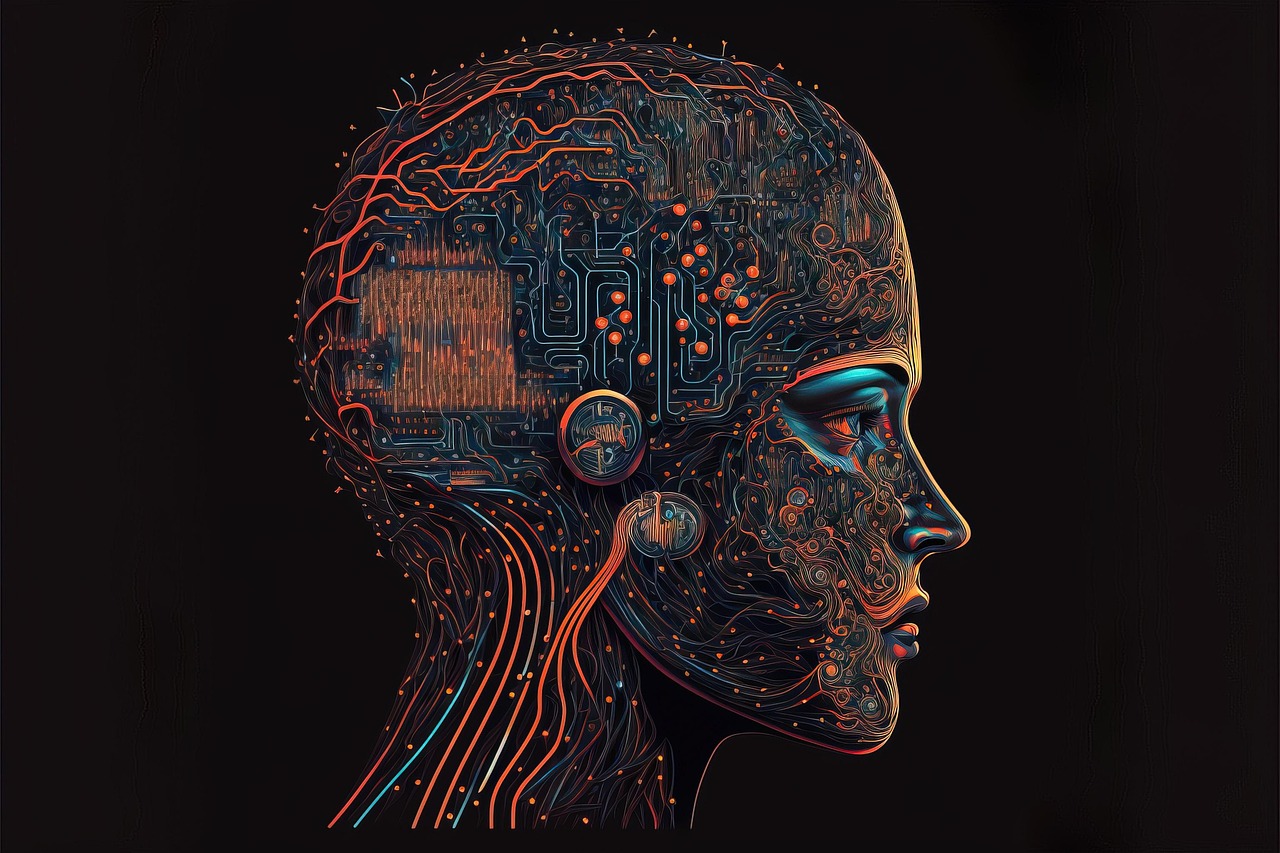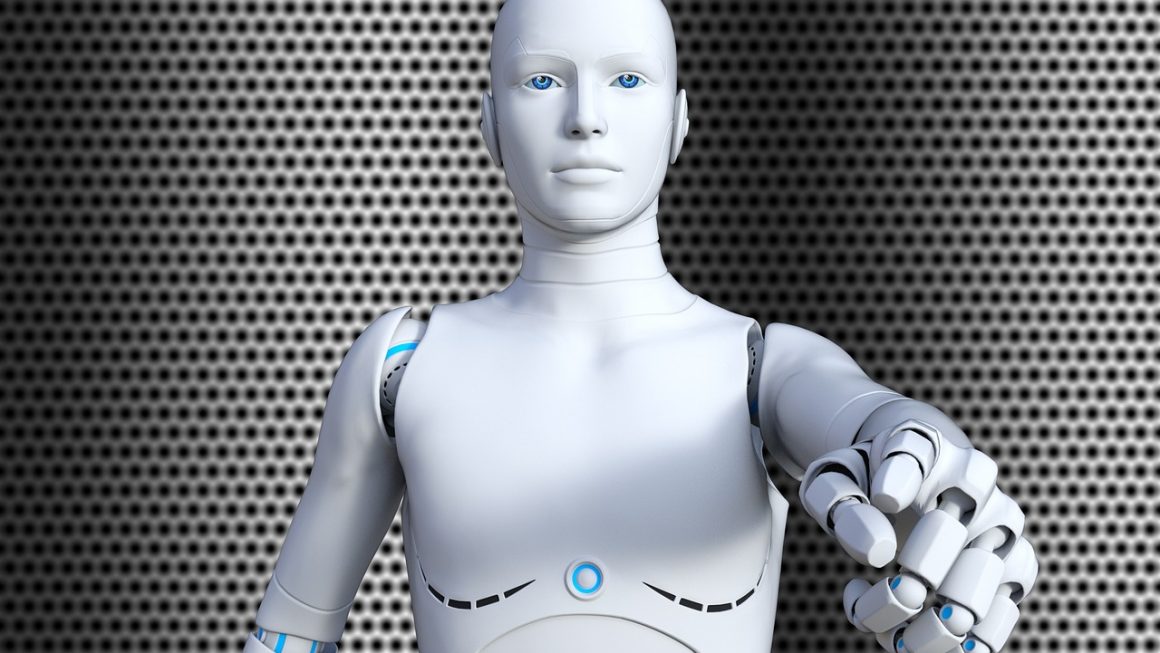Robotics is no longer a futuristic fantasy confined to science fiction; it’s a rapidly evolving field shaping industries, transforming daily life, and pushing the boundaries of what’s technologically possible. From automating complex manufacturing processes to assisting in delicate surgeries, robots are becoming increasingly sophisticated and integrated into our world. This article delves into the core aspects of robotics, exploring its diverse applications, key components, and future trajectory.
What is Robotics?
Defining Robotics
Robotics is an interdisciplinary field that integrates computer science, engineering (mechanical, electrical, and electronic), and other related areas to design, construct, operate, and apply robots. A robot is essentially a programmable machine capable of carrying out a complex series of actions automatically. They are designed to perform tasks that humans either can’t, shouldn’t, or don’t want to do, often with greater speed, precision, and efficiency.
Key Components of a Robot
- Sensors: These are the robot’s “eyes” and “ears,” providing information about the environment. Examples include cameras, lidar, sonar, and tactile sensors. They gather data that the robot uses to make decisions.
- Actuators: These are the “muscles” of the robot, allowing it to move and interact with its environment. Actuators can be electric motors, hydraulic cylinders, or pneumatic systems.
- Controllers: The “brain” of the robot, controlling its movements and actions. Controllers use algorithms and software to process sensor data and generate commands for the actuators.
- Power Source: Provides the energy needed for the robot to operate. Batteries, power cords, and solar panels are common power sources.
- Software: The instructions that tell the robot what to do. This includes operating systems, programming languages, and algorithms.
The Difference Between Robots and Automation
While often used interchangeably, robotics and automation are distinct concepts. Automation refers to the use of machines or technology to perform tasks automatically, typically in a repetitive manner. Robotics, on the other hand, involves more sophisticated machines that can sense, think, and react to their environment. A robot can adapt to changing conditions and perform more complex tasks than a simple automated machine. For example, a robotic arm in a factory can adjust its movements based on the size and shape of the object it’s handling, whereas a simple automated conveyor belt will continue moving at a constant speed regardless of the items placed on it.
Applications of Robotics Across Industries
Manufacturing
Robotics has revolutionized manufacturing processes, leading to increased efficiency, reduced costs, and improved product quality.
- Assembly Line Automation: Robots are used for tasks such as welding, painting, and assembly, significantly speeding up production times.
- Material Handling: Robots can move heavy materials and products, reducing the risk of worker injury.
- Quality Control: Robots equipped with cameras and sensors can inspect products for defects with greater accuracy than humans.
- Example: Automotive manufacturers use robotic arms to weld car bodies, assemble engines, and paint vehicles, leading to faster production and consistent quality.
Healthcare
Robotics is transforming healthcare, improving surgical precision, patient care, and rehabilitation.
- Surgical Robots: These robots assist surgeons with complex procedures, offering enhanced precision, minimally invasive techniques, and reduced recovery times. (e.g., the da Vinci Surgical System)
- Rehabilitation Robots: Robots can help patients regain movement and strength after injuries or illnesses.
- Assistive Robots: Robots can assist elderly or disabled individuals with daily tasks, improving their independence and quality of life.
- Example: Robotic exoskeletons are used in rehabilitation to help stroke patients regain the ability to walk.
Logistics and Warehousing
Robotics is streamlining logistics and warehousing operations, optimizing inventory management and order fulfillment.
- Automated Guided Vehicles (AGVs): These robots transport materials and products within warehouses and factories.
- Automated Storage and Retrieval Systems (AS/RS): These systems automatically store and retrieve items from shelves, optimizing space and efficiency.
- Order Picking Robots: These robots pick and pack orders for shipping, reducing labor costs and improving order accuracy.
- Example: Amazon utilizes thousands of Kiva robots in its warehouses to move shelves of products to human pickers, significantly speeding up order fulfillment.
Agriculture
Robotics is playing an increasingly important role in agriculture, improving crop yields, reducing labor costs, and promoting sustainable farming practices.
- Automated Planting and Harvesting: Robots can plant seeds, harvest crops, and weed fields with greater precision than humans.
- Precision Agriculture: Robots equipped with sensors can monitor soil conditions, identify pests, and apply fertilizers and pesticides only where needed, reducing waste and environmental impact.
- Livestock Management: Robots can monitor livestock health, automate feeding, and clean barns, improving animal welfare and reducing labor costs.
- Example: Drones equipped with cameras and sensors are used to monitor crop health and identify areas that need attention.
Exploration and Security
Robotics is crucial in environments that are dangerous or inaccessible to humans.
- Space Exploration: Rovers are used to explore planets and collect data in space.
- Underwater Exploration: Robots are used to explore the ocean depths and inspect underwater structures.
- Search and Rescue: Robots can be deployed in disaster zones to search for survivors and assess damage.
- Security and Surveillance: Robots can patrol areas, monitor for suspicious activity, and respond to emergencies.
- Example: NASA’s Perseverance rover is exploring Mars, collecting samples of Martian rock and soil, and searching for signs of past or present life.
The Future of Robotics: Trends and Innovations
Artificial Intelligence (AI) Integration
The integration of AI and machine learning is enabling robots to become more intelligent and autonomous.
- Improved Perception: AI algorithms allow robots to better understand their environment through sensor data.
- Enhanced Decision-Making: AI enables robots to make more complex decisions and adapt to changing conditions.
- Natural Language Processing (NLP): NLP allows robots to communicate with humans more effectively.
- Example: Self-driving cars use AI to perceive their surroundings, make driving decisions, and navigate complex road conditions.
Collaborative Robots (Cobots)
Cobots are designed to work alongside humans in shared workspaces, enhancing productivity and safety.
- Force Limiting Sensors: Cobots are equipped with sensors that detect when they come into contact with a human and automatically stop or reduce their force.
- Easy Programming: Cobots are designed to be easily programmed and reconfigured for different tasks.
- Increased Flexibility: Cobots can be used for a wide range of tasks, from assembly to packaging.
- Example: Cobots are used in manufacturing to assist human workers with assembly tasks, improving efficiency and reducing the risk of injury.
Soft Robotics
Soft robotics uses flexible materials and designs to create robots that are more adaptable and safe for interacting with humans and delicate objects.
- Biomimicry: Soft robots are often inspired by biological systems, such as octopus tentacles.
- Conformable Grippers: Soft grippers can conform to the shape of objects, making them ideal for handling delicate or irregularly shaped items.
- Medical Applications: Soft robots are used in medical devices, such as catheters and endoscopes.
- Example: Soft robotic grippers are used to handle fragile fruits and vegetables without damaging them.
Nanorobotics
Nanorobotics involves the design and construction of robots at the nanoscale, opening up new possibilities in medicine, manufacturing, and environmental remediation.
- Drug Delivery: Nanorobots could be used to deliver drugs directly to cancer cells, minimizing side effects.
- Microsurgery: Nanorobots could be used to perform microsurgery with greater precision than traditional methods.
- Environmental Cleanup: Nanorobots could be used to remove pollutants from water and air.
- Example: Researchers are developing nanorobots that can navigate through the bloodstream and deliver drugs to specific locations in the body.
Ethical Considerations
As robotics becomes more prevalent, it’s crucial to address the ethical considerations associated with their use.
- Job Displacement: The automation of tasks by robots could lead to job losses in certain industries.
- Bias and Discrimination: AI algorithms used in robots can perpetuate and amplify existing biases.
- Data Privacy: Robots collect vast amounts of data, raising concerns about privacy and security.
- Autonomous Weapons: The development of autonomous weapons raises ethical concerns about accountability and the potential for unintended consequences.
- Example: The increasing use of AI in hiring processes has raised concerns about bias, as algorithms can discriminate against certain groups of people.
Getting Started with Robotics
Education and Training
If you are interested in pursuing a career in robotics, consider the following:
- Degrees: Pursue a degree in robotics, computer science, engineering, or a related field.
- Courses: Take courses in robotics, programming, and mathematics.
- Workshops: Attend robotics workshops and competitions to gain hands-on experience.
- Online Resources: Utilize online resources such as tutorials, forums, and online courses to learn about robotics.
Building Your Own Robot
Building your own robot is a great way to learn about robotics and gain hands-on experience.
- Kits: Start with a robotics kit that includes all the necessary components.
- Microcontrollers: Learn how to program microcontrollers such as Arduino or Raspberry Pi.
- Sensors and Actuators: Experiment with different sensors and actuators to create robots that can interact with their environment.
- Programming Languages: Learn programming languages such as Python, C++, or Java.
Resources for Further Learning
- Robotics Organizations: Join professional robotics organizations such as the IEEE Robotics and Automation Society.
- Online Communities: Participate in online robotics communities and forums.
- Conferences: Attend robotics conferences and trade shows.
- Books and Journals: Read books and journals on robotics to stay up-to-date on the latest developments.
Conclusion
Robotics is a transformative technology with the potential to revolutionize industries, improve lives, and push the boundaries of human knowledge. As robots become more intelligent, adaptable, and affordable, they will play an increasingly important role in our world. By understanding the core principles of robotics, exploring its diverse applications, and addressing the ethical considerations associated with its use, we can harness the power of robotics to create a better future. Whether you’re interested in pursuing a career in robotics, building your own robots, or simply learning more about this fascinating field, there are countless opportunities to engage with this exciting technology. The future of robotics is bright, and the possibilities are endless.




